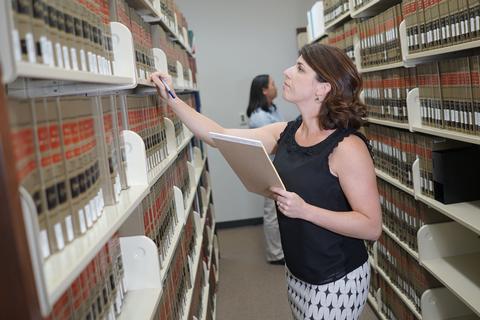- Admissions & Aid
-
-
Admissions & Aid
The first step toward accomplishing your education and career goals is submitting an application to Stevenson University.
-
-

-
Simplify your learning path with Stevenson University Online’s Associate to Bachelor’s in Nursing option.
-
-
- Academic Programs
-
-
ACADEMIC PROGRAMS
Stevenson University Online features a distinctive, career-focused, and personalized environment for adult learners.
-
-

-
Move towards your National Board for Professional Teaching Standards (NBPTS) Certification while teaching with Stevenson University’s fully online National Board Teaching Professional Graduate Certificate.
-
-
- Partnerships
-
-
PARTNERSHIPS
Stevenson University Online builds partnerships with employers and academic institutions across the region to help adult students earn their degrees.
-
-

-
We partner with numerous healthcare organizations to empower employees to further their education.
-
-
- Student Success
-
-
STUDENT SUCCESS
Read the stories of Stevenson University Online students and alumni who have transformed their lives through education and get inspired to create your own success story!
-

-
Stevenson Online supports the University’s core values; it is our goal to help you achieve career success.
-

-
Bachelor’s to Master’s Option Allows Students to Reap Rewards of Graduate Level Learning.
-
-
- About Us
-
-
ABOUT US
From the moment a student approaches Stevenson University Online, they receive one-on-one guidance and support. Learn more about Stevenson’s commitment to student success.
-
-

-
What is an Associate to Bachelor’s in Nursing? Find out here.
-
-









